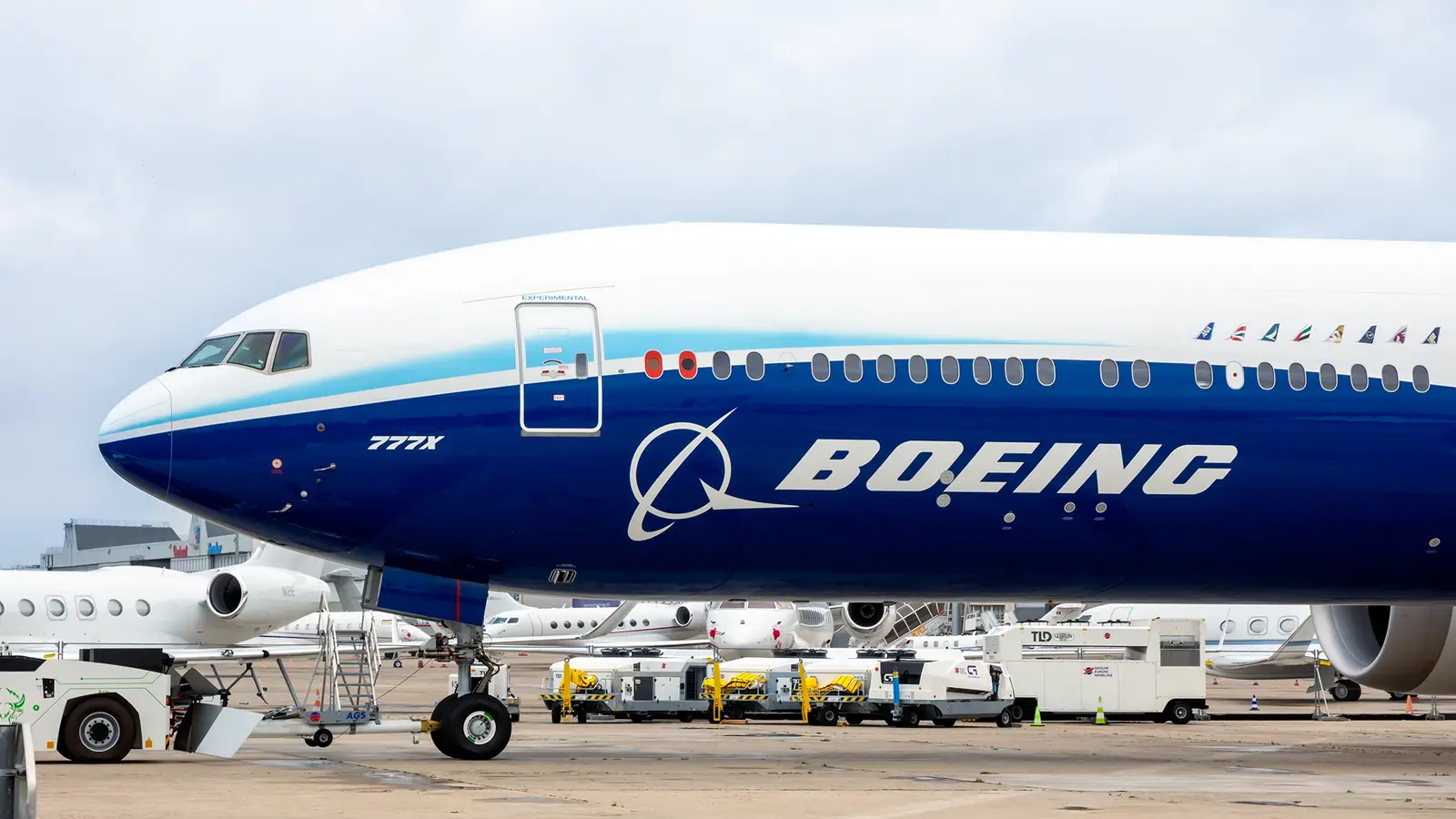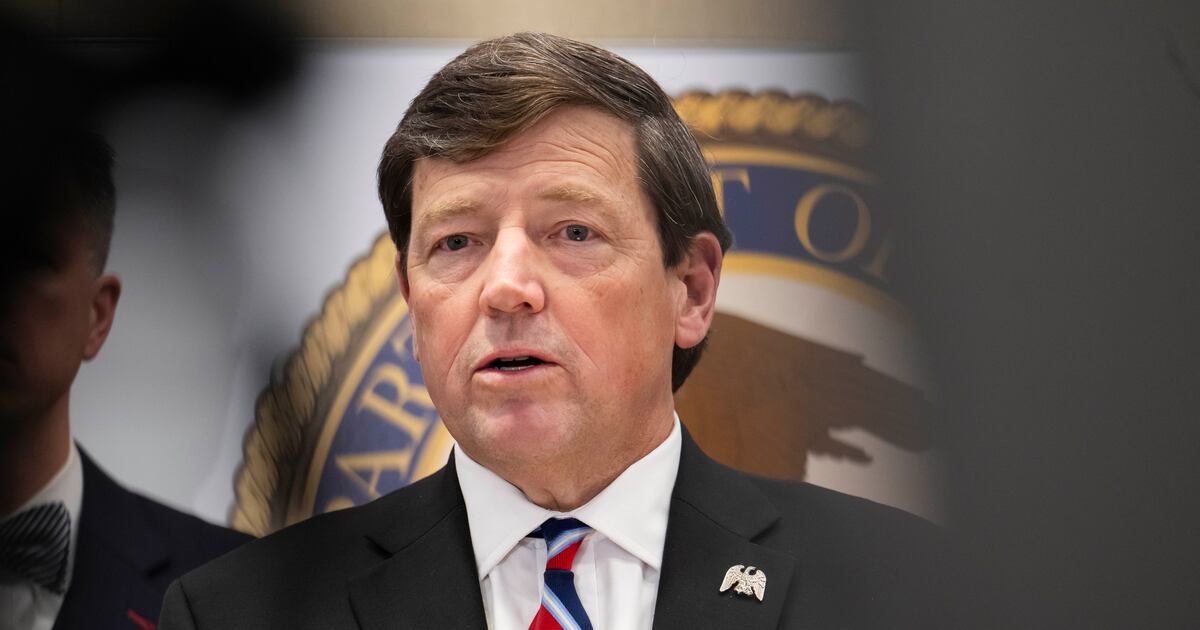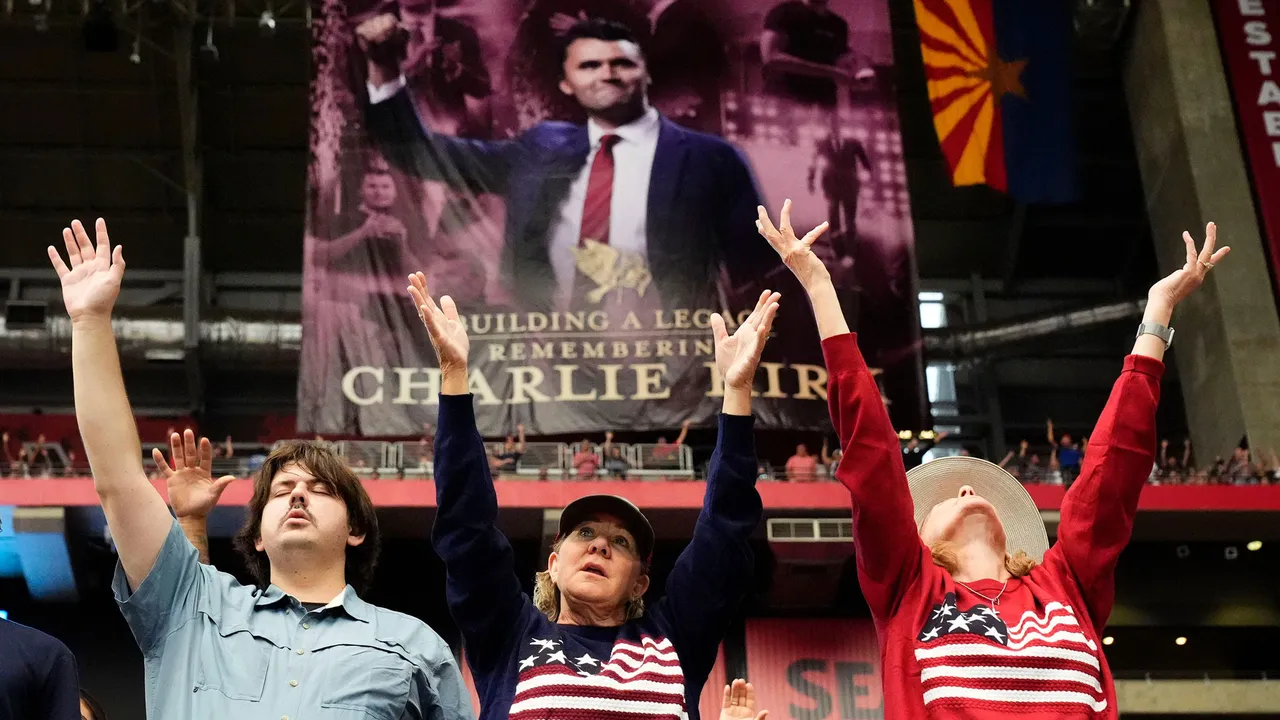
Boeing has reached a settlement in the wrongful death lawsuit of whistleblower John Barnett, paying out at least $50,000 after the former Boeing employee’s suicide in March 2024. Barnett’s mother will drop claims that Boeing contributed to his death, which came amid a retaliation case against the US planemaker.
Barnett spoke out against Boeing’s production malpractices and was in Charleston, SC, to give a deposition testimony when he was found dead in his truck outside a hotel from a self-inflicted gunshot wound.
Boeing Reaches Whistleblower Settlement
As first reported by Reuters, the company has agreed to pay out at least $50,000 in return for the wrongful death lawsuit to be dropped in a filing in the US District Court in South Carolina. Earlier this year, Barnett’s family filed the suit against Boeing following his death on March 9, 2024, which was ruled a suicide by authorities.
But the lawsuit pinned the blame on the company’s hostile work environment and retaliation against employees, stating that “Boeing’s conduct would result in PTSD and John’s unbearable depression,” and was the “clear cause” of his death. Barnett was reportedly harassed and ostracized by Boeing management after raising concerns about its production practices.
He eventually took early retirement from the company in 2017 after 32 years, which included seven years as a quality manager at Boeing’s North Charleston factory, now responsible for all Boeing 787 Dreamliner final assembly. The settlement also includes undisclosed terms resolving the retaliation claim. Boeing said in a statement,
“We are saddened by Mr. Barnett’s death and extend our condolences to his family as we reach this resolution. Boeing took actions several years ago to review and address the issues that Mr. Barnett raised.”
787 Production Allegations
Following retirement, Barnett took his concerns to the media and made several allegations about quality and safety lapses at the South Carolina facility. Among these were workers routinely allowing small metal shavings to remain near critical wiring and using non-conforming parts to meet production deadlines. He also claimed that one in four oxygen masks onboard the 787 Dreamliner could fail to deliver oxygen due to improper installation and supplier problems.
Additionally, Barnett detailed a culture of retaliation against employees who had raised concerns, and managers who frequently ignored reports of problems to hit production targets. For its part, Boeing said it reviewed all of Barnett’s claims and found they did not affect the aircraft’s safety.
In the wake of Barnett’s allegations, the Federal Aviation Administration (FAA) required Boeing to strengthen its oversight of non-conforming parts and foreign object debris. Among its findings were that over 50 non-conforming parts were lost on the factory floor, while FAA inspectors did find foreign object debris in some areas.
Difficult Years For Boeing
At the time of Barnett’s death, Boeing was under public fire following the Alaska Airlines Flight 1282 incident in January 2024, when a plug door broke off a Boeing 737 MAX 9 aircraft mid-flight. Although the aircraft landed safely, it renewed scrutiny against Boeing’s quality control practices, particularly with the two fatal MAX accidents in October 2018 and March 2019 still fresh in the memory.
In the summer of 2024, Boeing faced a Senate Homeland Security Subcommittee over its broken safety culture following allegations from whistleblower engineer Sam Salehpour, who testified that Boeing had cut corners in production. This included using excessive force during 787 Dreamliner assembly, as well as workers leaving drilling debris in fuselage sections and joints.
The FAA recently eased restrictions on Boeing’s safety certification rights for the 737 MAX and 787 Dreamliner after this ability was revoked during its enhanced oversight. The agency will now allow Boeing to issue airworthiness certificates on some weeks, while its own inspectors will be present on alternating weeks.



